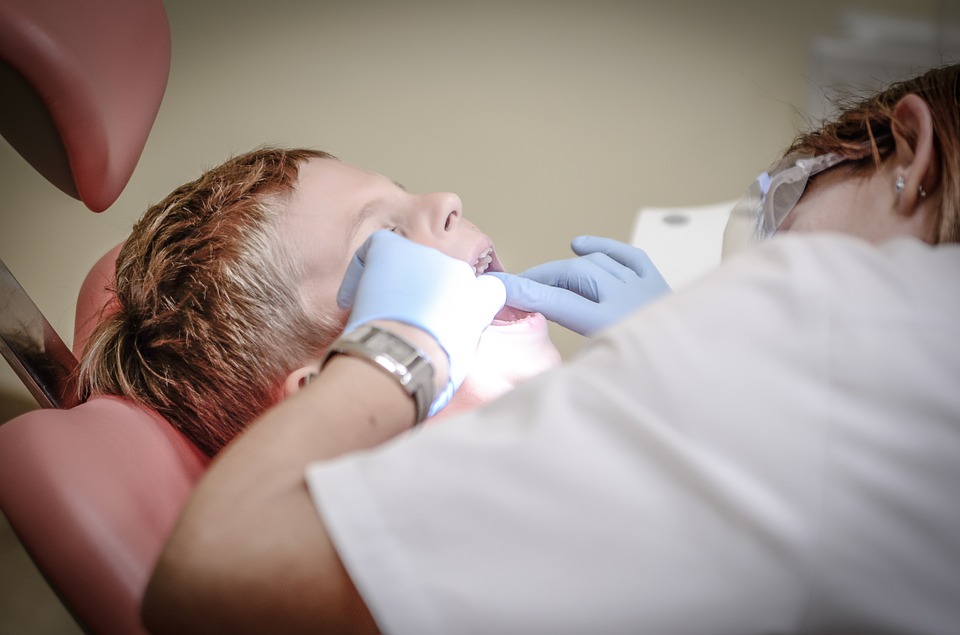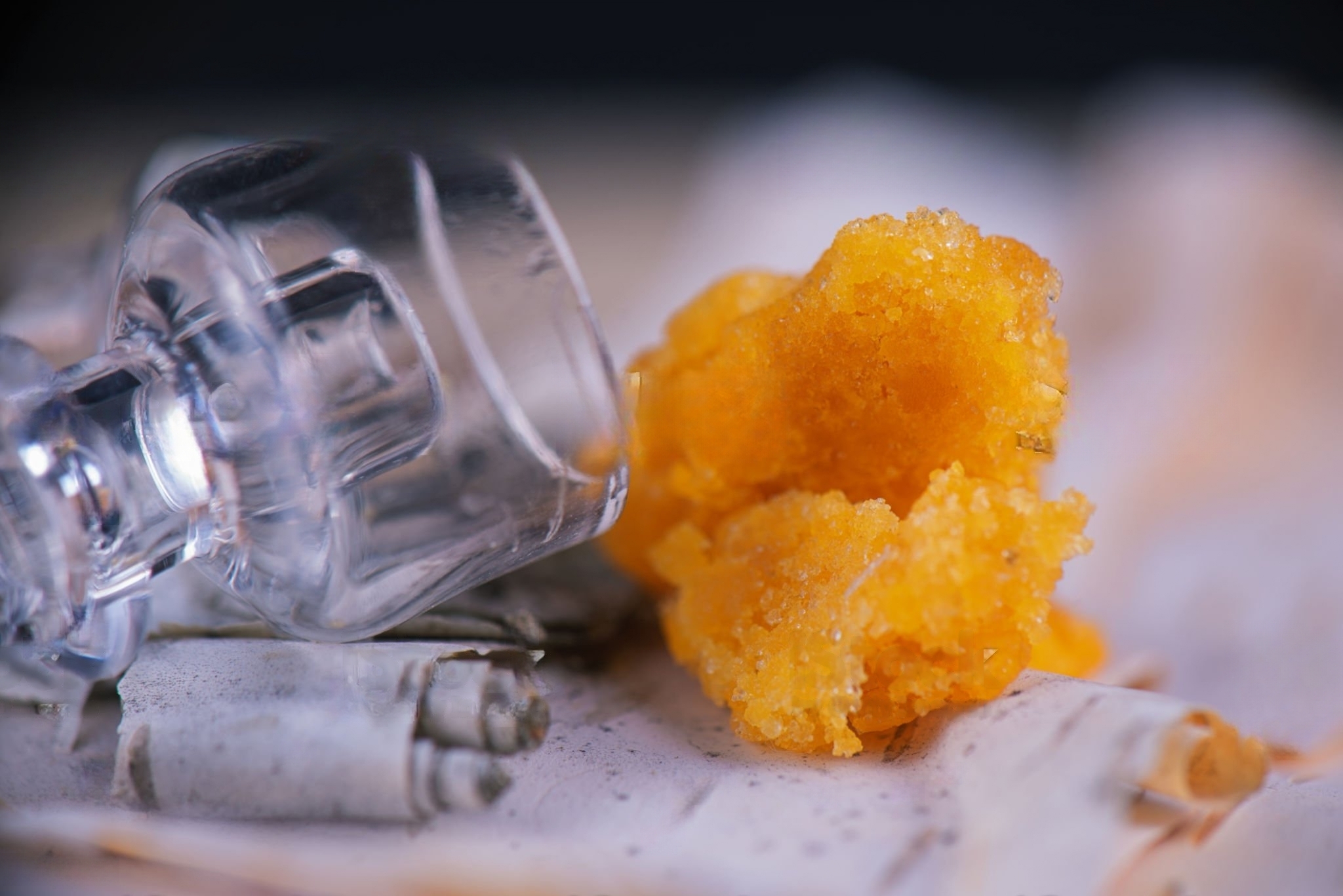A bright, white smile is often considered a sign of good health and vitality. However, various factors can cause teeth to become stained or discolored over time, ranging from dietary choices and lifestyle habits to natural aging processes and certain medications. While teeth whitening treatments can effectively remove many types of stains, not all discoloration responds equally to whitening methods. In this comprehensive guide, we will explore the different types of stains and their susceptibility to teeth whitening, as well as the effectiveness of various whitening treatments in addressing them.
Understanding Types of Tooth Stains
- Extrinsic Stains: These stains occur on the outer surface of the tooth enamel and are often caused by external factors such as:
- Food and Beverages: Coffee, tea, red wine, berries, and dark-colored sauces can all contribute to extrinsic staining.
- Tobacco Use: Smoking or chewing tobacco can lead to stubborn yellow or brown stains on the teeth.
- Poor Oral Hygiene: Inadequate brushing and flossing can allow plaque and tartar buildup, leading to surface stains.
- Intrinsic Stains: These stains develop within the tooth structure and are typically more challenging to remove. Intrinsic staining can be caused by:
- Aging: As we age, the enamel naturally thins, revealing the yellowish dentin layer beneath.
- Trauma: Injury to a tooth can cause it to darken or discolor over time.
- Medications: Certain medications, such as tetracycline antibiotics, can cause intrinsic staining, especially when taken during tooth development.
- Fluorosis: Excessive fluoride intake during childhood can result in white or brown streaks on the teeth.
Can Teeth Whitening Remove All Types of Stains?
While teeth whitening treatments are highly effective at removing many types of extrinsic stains, their ability to address intrinsic stains may be limited. Here’s a closer look at how different types of stains respond to teeth whitening:
- Extrinsic Stains:
- Response to Whitening: Extrinsic stains generally respond well to teeth whitening treatments. Professional whitening products containing hydrogen peroxide or carbamide peroxide can effectively break down and remove surface stains, restoring the natural whiteness of the teeth.
- Effectiveness of Treatments: In-office professional whitening treatments and take-home whitening kits are both effective at removing extrinsic stains. Patients typically notice significant improvements in the brightness of their smile after just one or two sessions.
- Intrinsic Stains:
- Challenges: Intrinsic stains, particularly those caused by factors such as aging, trauma, or medication, can be more challenging to address with traditional whitening methods. This is because the discoloration originates from within the tooth structure, making it harder for bleaching agents to penetrate and break down the stains.
- Limited Results: While teeth whitening treatments may lighten intrinsic stains to some extent, they may not completely eliminate them. In cases of severe or deeply embedded intrinsic staining, alternative cosmetic dental procedures such as dental bonding, veneers, or crowns may be more effective at concealing or correcting the discoloration.
Effectiveness of Different Whitening Treatments
- In-Office Professional Whitening:
- Strengths: In-office whitening treatments performed by a dental professional use higher concentrations of bleaching agents and may incorporate special light or laser activation to enhance results. This makes them more effective at removing stubborn extrinsic stains and providing faster, more noticeable whitening compared to over-the-counter products.
- Considerations: While professional whitening can significantly improve the brightness of the teeth, its ability to address intrinsic staining may be limited, especially in cases of deep discoloration.
- Take-Home Whitening Kits:
- Customization: Take-home whitening kits provided by a dentist offer a more customized approach to teeth whitening. Custom-fitted trays ensure even distribution of the whitening gel and allow patients to whiten their teeth at their own convenience.
- Effectiveness: While take-home kits can produce noticeable improvements in tooth color, they may be less potent than in-office treatments. As a result, they may be better suited for addressing mild to moderate extrinsic staining rather than severe intrinsic discoloration.
- Over-the-Counter Products:
- Convenience: Over-the-counter whitening products such as whitening strips, gels, toothpaste, and rinses are readily available and offer a more affordable option for teeth whitening.
- Limitations: However, OTC products typically contain lower concentrations of bleaching agents and may be less effective at removing stubborn stains, particularly intrinsic discoloration.
Conclusion
Teeth whitening in Carrollton treatments can be highly effective at removing many types of stains and restoring the natural whiteness of the teeth. While extrinsic stains caused by factors such as food, beverages, and tobacco use generally respond well to whitening, intrinsic stains may be more challenging to address, especially those resulting from aging, trauma, or medication.
For the best results, it’s essential to consult with a dental professional who can assess the type and severity of your tooth stains and recommend the most appropriate whitening treatment for your needs. While teeth whitening can significantly improve the appearance of your smile, it may not be able to completely eliminate all types of stains. In cases of severe or deeply embedded intrinsic staining, alternative cosmetic dental procedures may be necessary to achieve the desired results. By understanding the limitations and effectiveness of different whitening treatments, you can make an informed decision about the best approach to brightening your smile.




